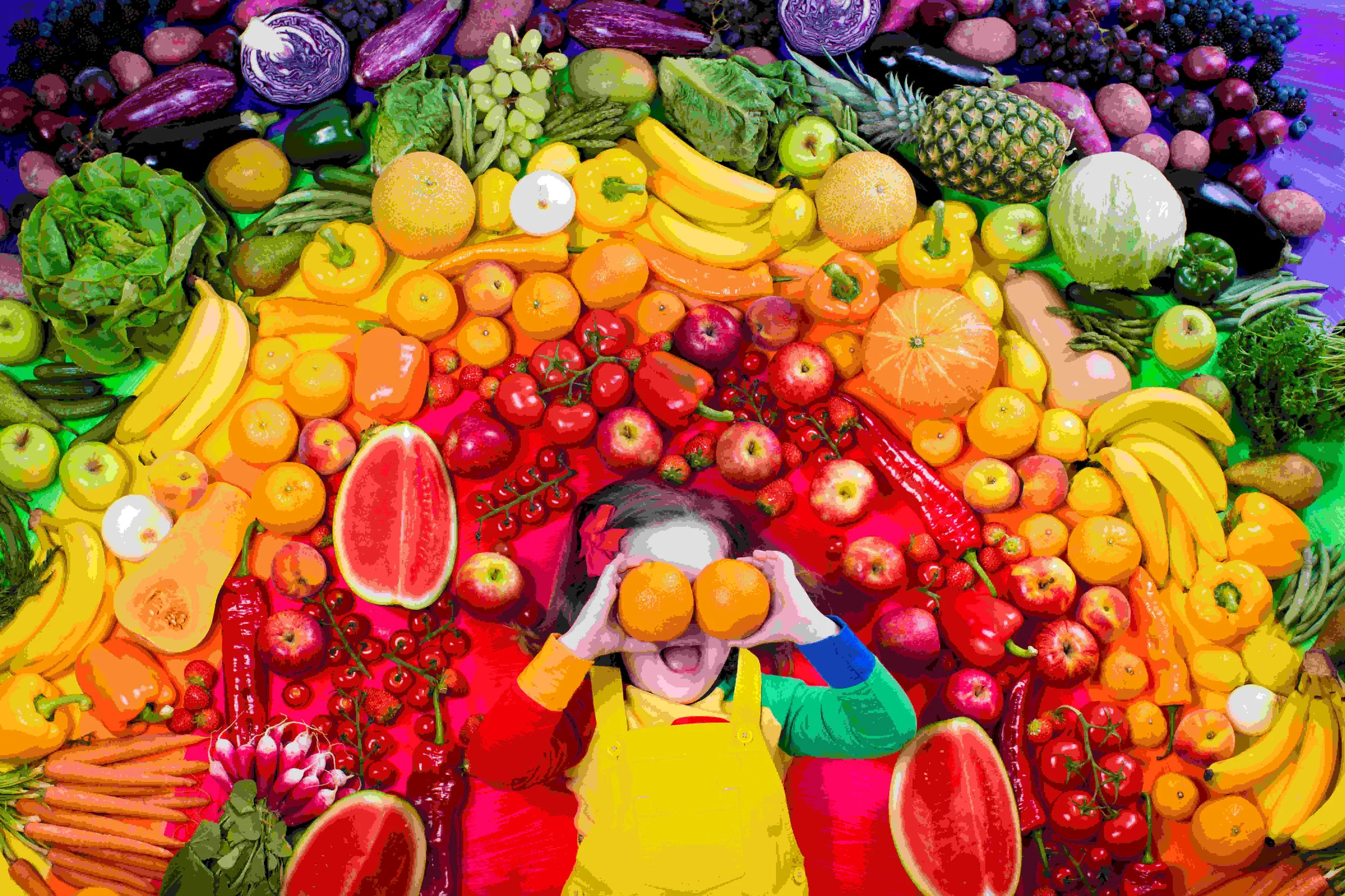Why don’t we crave healthy foods?
Why don’t we crave healthy foods?
You’d think that given how healthy vegetables are, more people would like them, let alone crave them! Why doesn’t the human body crave the nutrients in fruits and vegetables, preferring instead to demand sugar and fat in unhealthy quantities?
As with almost everything, you can blame evolution. For the majority of human history, plant sources of food were available in abundance. Everywhere you went, you’d find a plant of some variety you could consume, but salts, sugars, fats and proteins were far more difficult to obtain. Avoiding starvation was the name of the game, achieved through eating calorie-dense foods. Vitamins are useless if you don’t get enough calories and starve to death. Vegetables may fill you up, but they don’t provide the energy you need compared to protein or sugar.
Fast forward to the developed world, and our bodies haven’t caught up. We’re still programmed to seek out the salts, sugars, fats and proteins our ancestors would have treasured and our bodies assume we still get plenty of vitamins, minerals and fibre from our staple foods.
All those thousands of years ago, we wouldn’t have considered fruits and vegetables to be healthy foods as they wouldn’t have provided a survival advantage.
When Homo sapiens first emerged in sub-Saharan Africa, there wasn’t a whole lot of food around, but a lot of competing carnivores. Craving fats, sugars and proteins would be an evolutionary advantage because they sustain us for longer and we need less of them—the species survives. Nowadays, we have an abundance so we suffer complications from over-feeding. Why hasn’t the human body evolved again to have us crave healthier options? Natural selection just doesn’t work that way. Once a trait becomes apparent in a species, it doesn’t simply devolve once we’ve moved past its use: the only way to end a trait would be to prevent people possessing it from reproducing, but then you’re considering eugenics and that’s definitely not the answer to the obesity crisis.
The world’s tastiest survival advantage.
Besides, seeking high calorie food is still a selective advantage for much of the human population: the United Nations Food and Agriculture Organisation estimates that about 815 million people were suffering from chronic undernourishment in 2016.
As a side-note, Freakonomics has debated the possibility that the McDonald’s McDouble is the cheapest, most nutritious and bountiful food that has ever existed in human history at 390 calories, 23g of protein, 7 percent of your daily fibre, and 20 percent of your daily calcium and iron requirements.
For those not suffering food poverty, craving fats and sugars is an inconvenience of a primitive body in a modern world. But if you’re struggling to stick to a diet, there is hope and it’s all in your gut.
The bacteria in the gut give us the cravings for the foods we already tend to eat. These bacteria make their living on whatever we throw their way—feed them sugar and the sugar-eating ones will thrive and make you crave more sugary-goodness to feed them. If you live on a diet of non-vegetable foods, your microbiome diversity will fall, with the sugar-loving ones dominating the vegetable-preferring ones. Luckily for all of us, your intestinal flora can adapt: replace sugary foods with vegetables and your cravings should fall in line.
Easier said than done if all the vegetables you’ve ever eaten have been boiled to mush. Instead, try grilling artichokes with olive oil and a pinch of salt; roast asparagus and butternut squash in olive oil, and broccoli and cauliflower with a little parmesan; dry fry Brussels sprouts or fry with bacon; sauté edamame beans and serve with chili flakes; roast peppers and serve with kale or spinach sautéed with garlic; or simply munch on them raw!












Why doesn’t the human body crave the nutrients in fruits and vegetables, preferring instead to demand sugar and fat in unhealthy quantities?